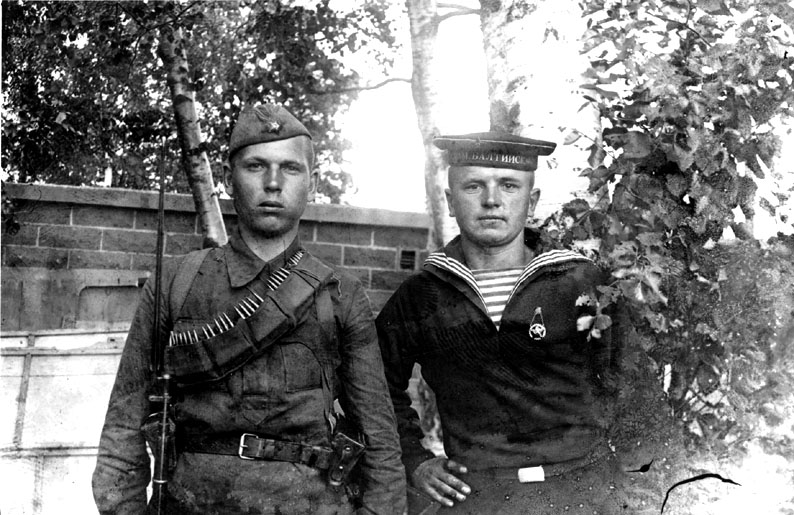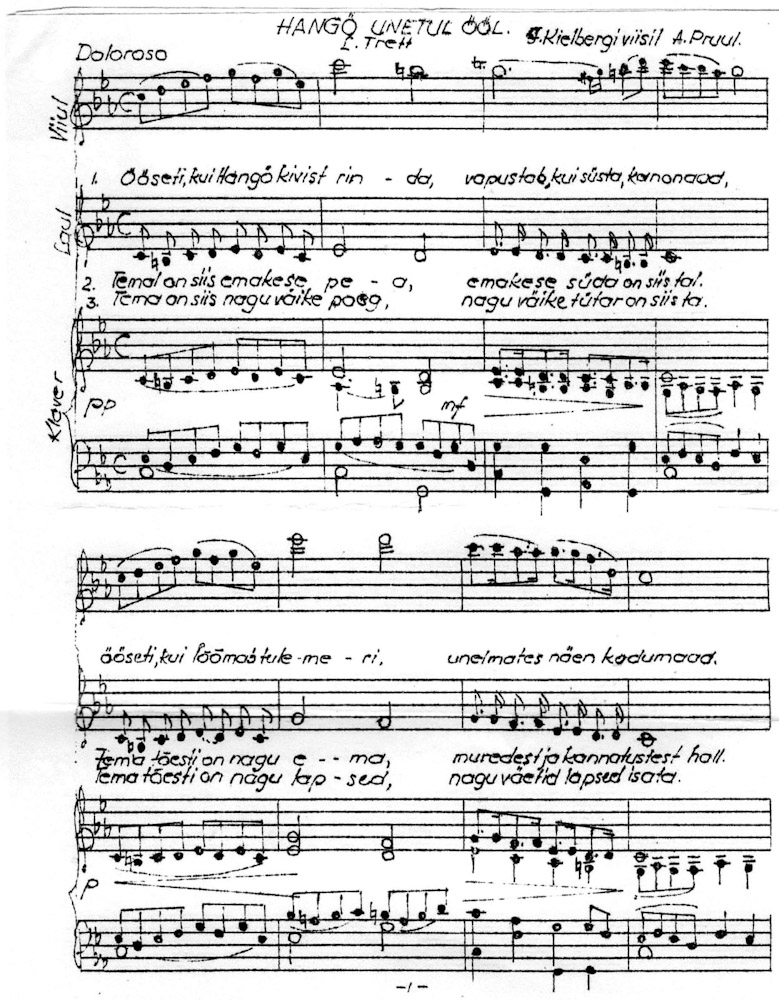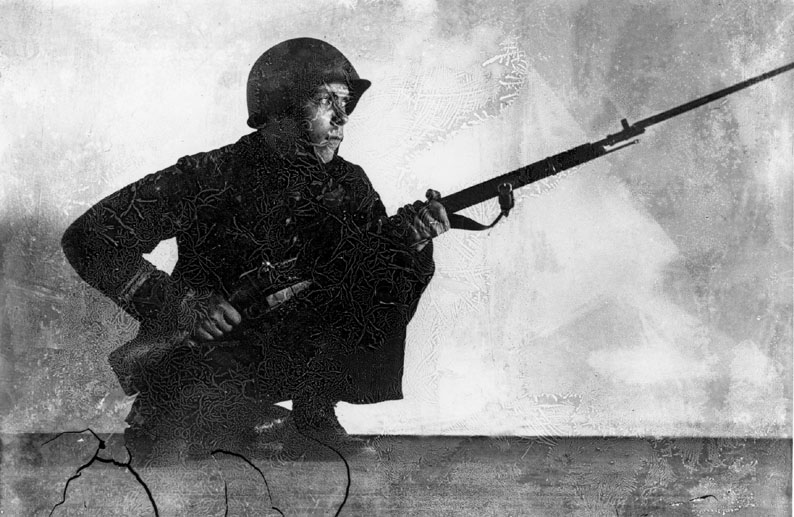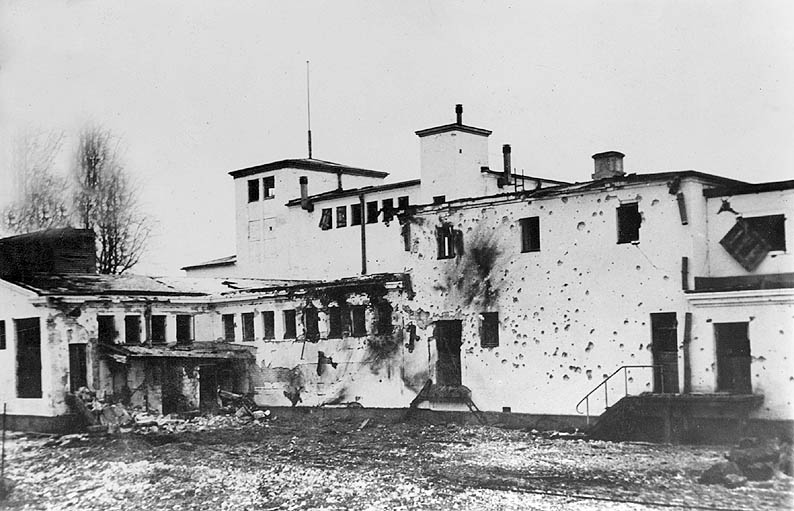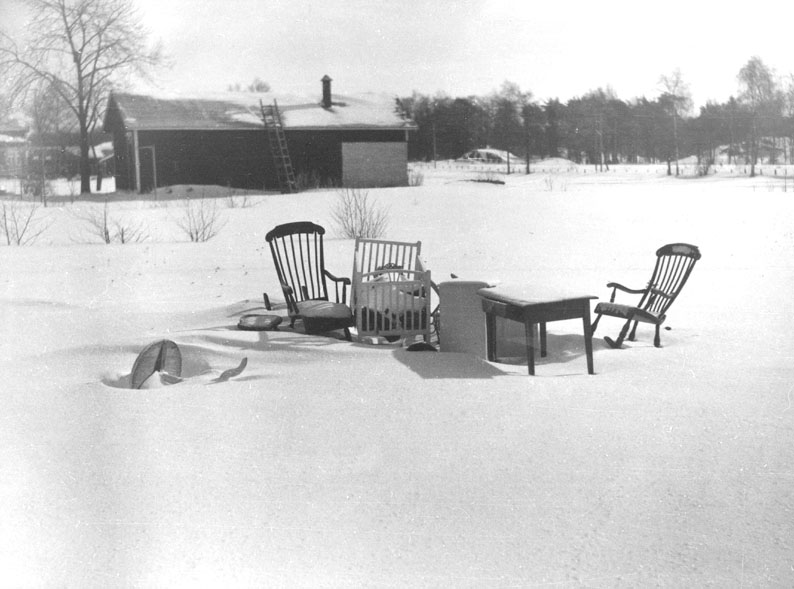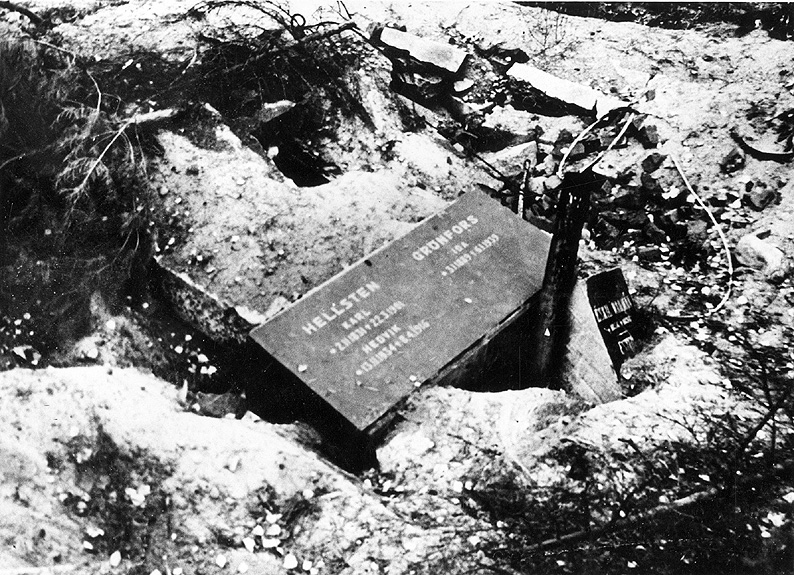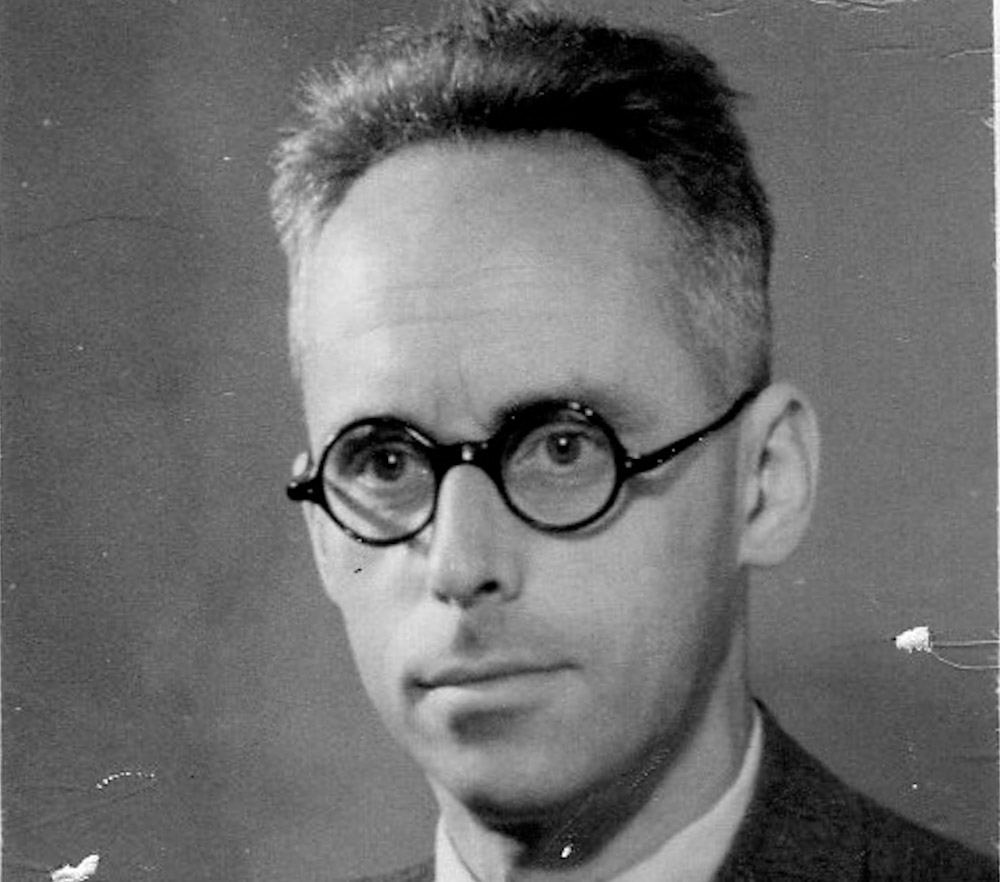
Four days before Germany conquered Tallinn on August 28, 1941, an Estonian lawyer and father of two small children, 36-year-old Leonid Tretjakevich (later Trett), boarded the Örne ship in Tallinn among 600 other Estonian men. There were no alternatives, for refusing to call the Red Army knew the death penalty. Leonid was stationed as an assistant to the artillery station on the West Bank of Hanko, in Varisniemi at Kappelisatama.
Hangon merisotilaallisessa neuvostotukikohdassa palveli noin 25 000 sotilasta. Leonid sijoitettiin neljän muun virolaisen kanssa tykkiaseman apumieheksi Hangon länsirannalle, Kappelisataman Varisniemeen. Syyskuun hän vietti neljän tykin patterilla ja asui korsussa aivan tykin lähellä. Korsun sisätilan korkeus oli vain 1,4 metriä, joten siellä ei mahtunut seisomaan, ovensuussa oli kamiina, ja seinänvierustoja kiersivät makuulaverit. Kun virolaiset kysyivät, miksi juuri alalaverit olivat vapaina, vastaus kuului: ”Kun sataa paljon, nousee korsussa vedenpinta alalaverien korkeudelle ja jos korsun oviaukosta lentää sirpaleita, osuvat ne alalavereille.”
Virolaisten asema heikkeni entisestään, kun Hangon tukikohtaan saapui tieto siitä, että osa virolaisista oli loikannut kotimaassaan saksalaisten puolelle. Huhuttiin, että Tallinnassa saksalaiset oli otettu vastaan kukkasin. Lokakuun alussa kaikki 600 virolaista siirrettiin sotilastehtävistä rakennustöihin. Heidät majoitettiin Hangon Keksin ja Hangon Elon rakennuksiin, jotka ovat edelleen olemassa. Miesten joukossa toimi urkkijoita, jotka oli velvoitettu raportoimaan vankien asenteista, puheista ja ilmeistä. Myös Leonidia pidettiin epäilyksenalaisena jo siitä syystä, että hän oli saksankielentaitoinen. Kun virolaisia katosi, Leonid arveli, että heidät todennäköisesti teloitettiin epäluotettavina henkilöinä.
Leonidin tehtävänä oli rakentaa uutta ammusvarastoa ja kerätä suojakiviä korsujen katoille. Hangon vanhalla hautausmaalla hän näki, miten linnoitusten rakentamiseen kelpuutettiin myös hautakiviä. Sadepäivinä pidettiin neuvostopropagandistisia luentoja tykin jalustassa olevassa tilassa.
Marraskuun alussa virolaiset määrättiin lastaamaan laivoihin elintarvikkeita ja aseita. Neuvostoliitto alkoi vetäytyä Hangosta, ja virolaiset olivat huolissaan omasta turvallisuudestaan.
Näin Leonid kuvaa miehitysajan viimeisen päivän tunnelmia:
Työ oli erittäin raskasta ja väsyttävää, koska koko ajan hoputettiin nopeampaan toimintaan. Laiturin päässä venäläiset sotilaat heittivät mereen patruunoita, sytyttimiä ja erilaisia ammuksia. Proomu, joka oli edellisenä päivänä lastattu ääriään myöten jauhoilla ja muilla ruokatarpeilla, oli upotettu mutta näkyi pohjassa. Yöllä oli jauhosäkkejä heitetty mereen, joka oli muuttunut valkoiseksi puuroksi ja kivet olivat jauhojen peitossa. –. Kun palasimme lounaalle, kuulimme kuinka merisotilaat särkivät kirveillä majakan optiset laitteet. –. Meidät määrättiin heittämään mereen laiturilla olleet ruokatavarat. Laardi- ja voipaketit piti ensin särkeä, jauhosäkit leikata auki ja makaronipaketit murskata. Venäläiset sotilaat katselivat nälkäisin silmin, miten aallot nielivät laarditynnyrit, miten suuria määriä makaronia, suolakalaa, pippuria, säilykkeitä, saippuaa, tomaattisosetta, jauhoja ja muita ruokatarvikkeita lensi syvään veteen. –. Alkoi jo hämärtää, joten kiireen takia ei pakkauksia enää ehditty rikkoa. Mereen heitettiin kaikki laiturilla olleet tavarat.
POW Leonid Trett
Leonid valmisteli parin maanmiehensä kanssa pientä juhlaa heidän Hankoon tulonsa 3-kuukautispäivän kunniaksi 26.11. Leonid koosti satiirisen kertomuksen heidän tähänastisista edesottamuksistaan Hangossa ja laati runon Uneton yö Hangossa, jonka virolainen viulisti August Kielberg sävelsi. Kaikki oli lupia myöten valmiina, mutta juhlapäivänä virolaiset jaettiin vuohiin ja lampaisiin. Ennakkoon oli kuultu huhuja, että luotettavat miehet siirrettäisiin Leningradiin ja että muiden kohtalo on epäselvä. Suomalaiset saapuivat Russaröhön 4.12. jolloin kaikki virolaiset vangittiin ja kuljetettiin Örön linnakesaarelle, missä heitä kuulusteltiin, kunnes matka jatkui Mustion sotavankileirille. Leonid kirjoitti presidentti Rytille kirjeen, jossa hän kertoi kohtalotovereittensa tarinan. Uudenvuoden aikoihin heidät melkein kaikki palautettiin Tallinnaan.
Text: Ilkka Linnakko and Sampsa Laurinen.
Photos: Hanko museum.
Lähteet: Alexander Ishchenko, Ilkka Linnakko, Pekka Silvast, Simo Silvonen: Hangon motti, Hanko maailmankartalle ry, 2017.

This story has been produced with the support of the Svenska Kulturfonden.

